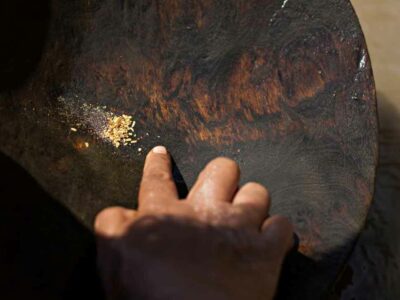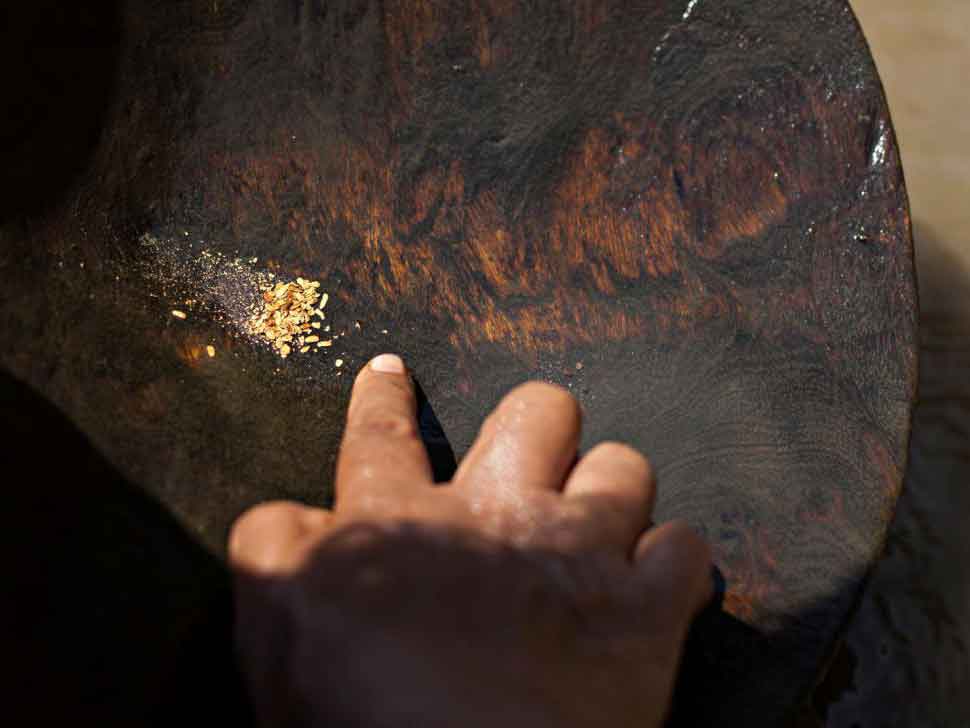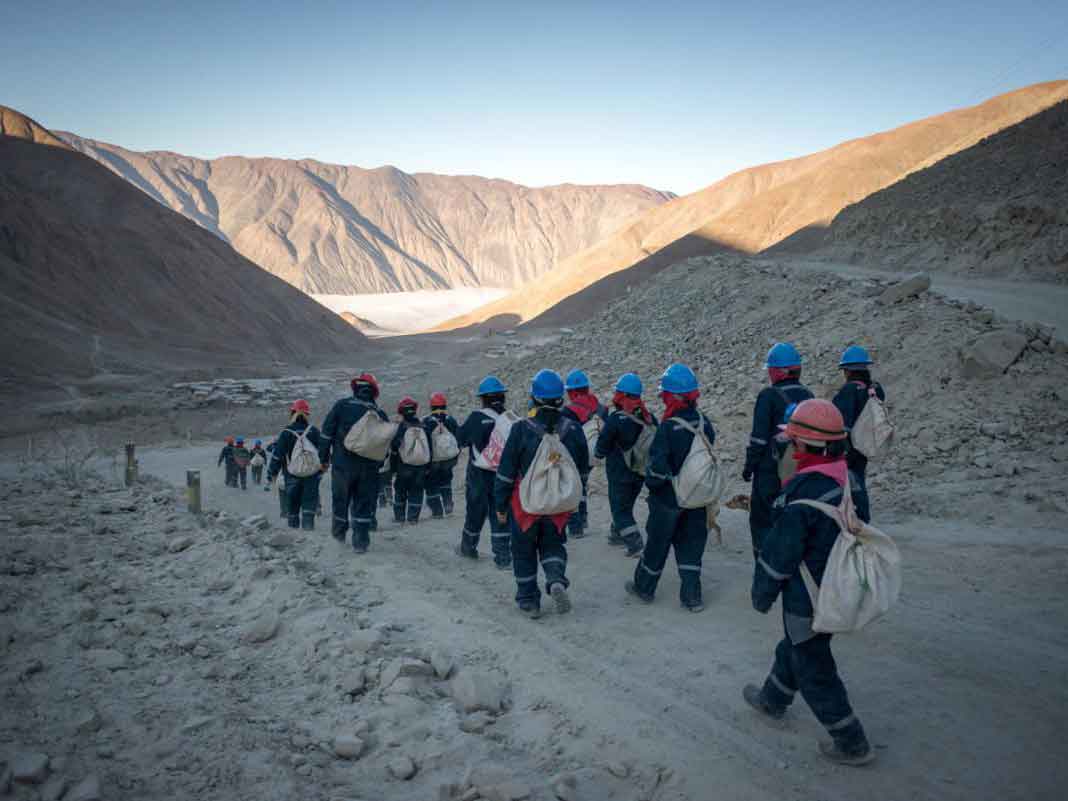
Cautious Steps of Refiners into Sourcing ASM Gold
BY CARLA NEEFS
The artisanal and small-scale mining (ASM) gold sector suffers from a dubious reputation worldwide among micro-credit financiers, impact investors and the private sector. There is a persistent perception that investing in and financing of ASM comes with a high level of risk. However, this perception is inaccurate and unfair. In this new series of blog articles, we aim to share important insights into this complex arena, and analyse the challenges and possible solutions.
TDI Sustainability and Solidaridad have partnered for this blog series, reflecting on insights gained from a recent research report commissioned by Solidaridad and carried out by the Global Initiative against Transnational Organized Crime; and TDI’s ongoing research in this field, funded by planetGOLD, as well as drawing from our first-hand experience through building The Impact Facility for Sustainable Mining Communities, enabling blended finance solutions for ASM. In this series of blog articles, we aim to share important insights into this complex arena and analyse the challenges and possible solutions.
TAKING BABY STEPS TOWARDS ASM GOLD
Downstream buyers in general and refiners in particular are the most active companies seeking engagement with artisanal and small-scale (ASM) gold. The main drivers of this are pressure from multilateral institutions such as the OECD and the civil society, and a growing awareness that disengagement is not a solution. Nevertheless, due to reputational risks, due diligence, and economic and logistical challenges, the steps taken are still small.
CARRYING THE DUE DILIGENCE BURDEN
Refiners shoulder much of the due diligence burden because of their key role in the gold supply chain. In fact, many buyers interviewed in our joint research with The Global Initiative have reported feeling comfortable relying on the refiners’ assessments of risk and whether ASM gold had met minimum standards. However, it was felt by some stakeholders (including non-refiners) that too much of the due diligence burden is imposed on refiners and should be spread out more evenly along the supply chain.
Most of the current ASM gold sourcing initiatives are to be found in areas affected by conflict and organized crime, such as the Democratic Republic of Congo (DRC) and Colombia. In contrast, there is limited sourcing from the many other countries with an ASM gold mining industry. This implies that the attention of the private sector is focused on those regions that are under scrutiny of multilateral institutions and NGOs, and not based on the economic interests of the refiners or the social development of the ASM gold sector.
There are, however, enough opportunities for involvement with the ASM gold sector that help to improve the situation and the livelihoods of ASM miners. For instance, the Swiss precious metals refiner Valcambi is engaged in an ASM gold project in the Chocó region of Colombia, whereby the ASM gold is part of a fully-traceable and responsibly-mined supply chain.

Panning of gold: the sieving of gold from water. As the gold grains are quite large, this process does not involve the use of chemicals.
BUSINESS CASE FOR GOLD REFINERS
High fixed costs of operation, in particular transportation and due diligence costs, and low production volumes currently result in a negative business case for many refiners. In addition, there can be an extra operational cost of segregating the gold in the refining process. There is also the challenge of putting forward a competitive price against that offered by informal and illicit traders, as explained in other posts of this series.
Nevertheless, refiners have a good economic reason to be interested in the sourcing of ASM gold. The global refinery industry is facing the challenge of excess capacity, which at present results in high levels of competition and low profit margins in the industry. Refiners are therefore looking for extra gold supply to meet their capacity, and ASM gold can contribute to this.
Valcambi is an excellent example of a major refiner that is engaged directly with the ASM gold sector. Since 2015, they have made it a priority for their business to work closely with ASM, hereby “creating positive impact in mining communities and increasing the mines’ access to the global market”. Valcambi made it an integral part of their internal operations and also engages directly with the ASM gold sector on the ground.

Pallaqueras, women who work on the slopes and outskirts of mines in Peru
DEMAND FOR RESPONSIBLE ASM GOLD
It is predicted by the World Gold Council that the demand for ASM gold will increase in the coming years.
How the demand for responsible ASM gold is developing is a complex story. When refiners are asked this question, they say the demand is far higher than the supply. When ASM gold miners are asked the same, they say they can’t find buyers for their responsible gold.
This has everything to do with what is defined as responsible ASM gold. Refiners, and usually also the end buyers like jewellers, are expecting certified ASM gold controlled by the certifying bodies like Fair Trade and FairMined. This certified gold is compliant with the highest social and environmental standards, which thus reassures the refiners and their buyers.
However, a lot of time and investment is needed for ASM to achieve such a high standard. Solidaridad knows from experience that it takes years for ASM to get to this level and this requires not only dedication but also considerable investments. And on top of this, it also brings administrative burden and auditing costs.
For ASM miners and organizations like Solidaridad, this means that responsible ASM gold is not limited to certified gold but can also be gold sourced from ASM mines that are on their way to responsible mining and have committed themselves to continuous improvement. The problems with the current certification schemes are broadly recognized, also by the certifying bodies themselves. FairMined has developed, together with stakeholders, the CRAFT Code, an open-source responsible mining code. It allows mines to develop according to different levels from 3 to 5 over a number of years.
Read more about the The Impact Facility and the work they are doing bringing economic and environmental empowerment to artisanal and small-scale mining communities.



